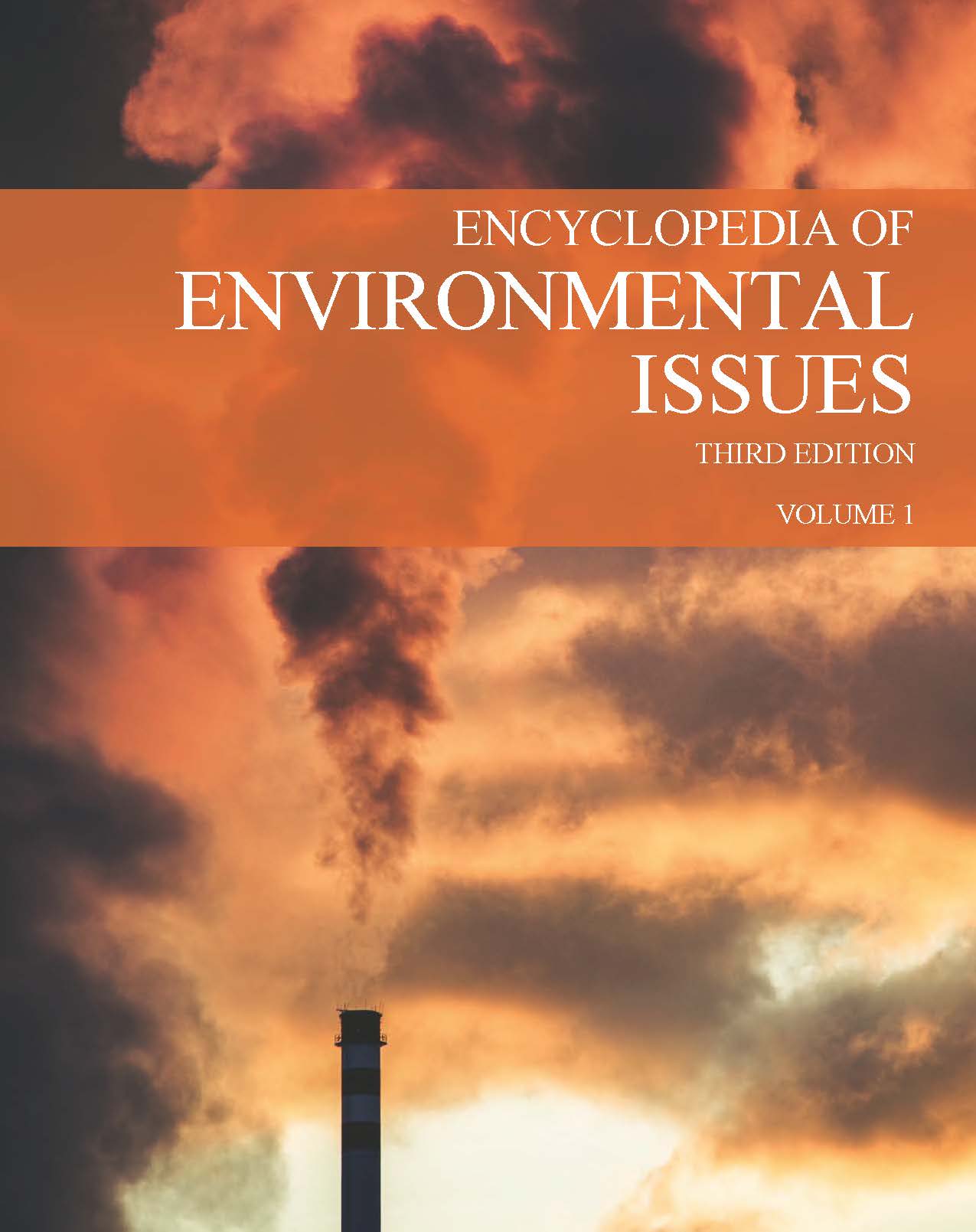World Geography
This is the first edition of this title with free online access!
No longer does the study of geography mean just memorizing names and locations of places. Today, geography is the understanding the characteristics of places and the complex interconnections among them. This new edition of World Geography is arranged into six volumes by world region; North America and the Caribbean; South and Central America; Africa; Europe; Asia; Australia, Antarctica and Pacific Islands. Each volume includes the following categories:
- Geographical Concepts and Worldview
- Human Geography, including Political Geography
- Regional Breakdown
- Physical Geography
- Economic Geography
- Biogeography and Natural Resources
- Gazetteer
These broad categories are further segmented into 20-25 chapters that include hydrology, climatology, natural resources, population distribution, culture regions, exploration, urbanization, agriculture, industries, engineering projects, transportation, and communications.
The gazetteer that is a part of each volume is extensive. It includes hundreds of descriptive entries on significant places in the region and corresponding maps. In addition, each volume includes helpful maps, photos, and sidebars. The back matter of each volume includes a comprehensive glossary with 1,600 basic geographical terms, and a thorough subject index.
This second edition of World Geography has been carefully updated to reflect the world in 2020. There is no better resource to get a sense of how geography affects our world, our country, and our neighborhood.
AVAILABLE AS A SIX-VOLUME SET, OR AS INDIVIDUAL REGIONAL VOLUMES:
|
Six Volume Set |
|
|
Vol. 1 South & Central America |
|
|
Vol. 2 Asia |
|
|
Vol. 3 Europe |
|
|
Vol. 4 Africa |
|
|
Vol. 5 North America & the Caribbean |
|
|
Vol. 6 Australia, Antarctica and Pacific Islands |
The arrangement of each volume follows this format:
Overview History of Geography Mapmaking in History Mapmaking & New Technologies Coverage of Each Region
Overview Climate & Human Settlement Flood Control Atmospheric Pollution Disease & Climate Physiography Hydrology Climatology
Overview Minerals Renewable Resources Nonrenewable Resources Natural Resources Flora Fauna
Overview The Human Environment Population Growth & Distribution Global Urbanization People Population Distribution Culture Regions Urbanization Political Geography
Overview Traditional Agriculture Commercial Agriculture Modern Agriculture Problems World Food Supplies Agriculture Industries Engineering Projects Transportation Trade Communications
Appendix The Earth in Space The Solar System Earth's Moon The Sun and the Earth The Seasons Earth's Interior Earth's Internal Structure Place Tectonics Volcanoes Geologic Time Scale Earth's Surface Internal Geological Processes External Processes Fluvial & Karst Processes Glaciation Desert Landforms Ocean Margins Earth's Climates The Atmosphere Global Climates Cloud Formation & Storms Earth's Biological Systems Biomes Natural Resources Soil Water Exploration & Transportation Exploration & Trade Routes Road Transportation Railways & Air Transportation Energy & Engineering Energy Sources Alternative Energies Engineering Projects Industry & Trade Manufacturing Globalization Modern World Trade Patterns Political Geography Forms of Government Geopolitics National Park Systems Boundaries & Time Zones International Boundaries Global Time & Time Zones Global Education Themes & Standards in Geography Education Global Data |



